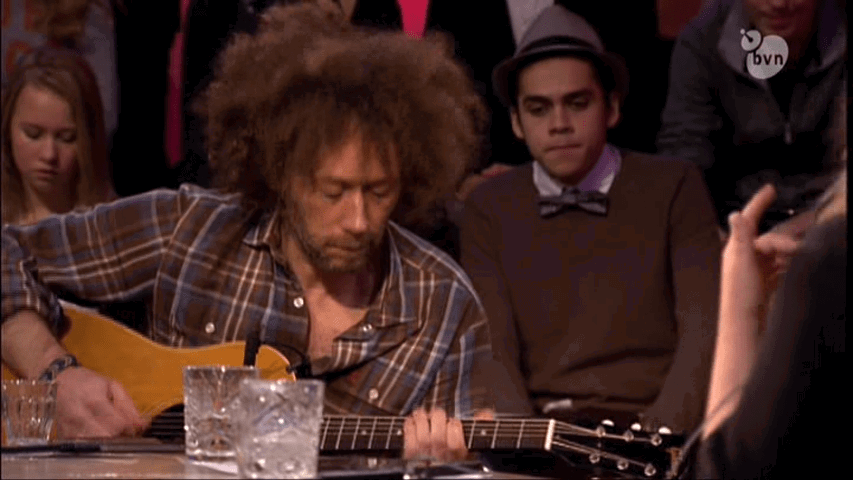No, this is not just a Dish issue as I mentioned in my OP.
Yes, I could use the * button to fix it. But as Jim intimated above, the zoomed SD picture (when delivered by satellite) looks like hell. I have used that on my local OTA subchannels, and they still look acceptable when zoomed. But satellite? Blech! The other issue with using the format button is that the receiver only remembers two settings: one for SD channels and one for HD channels. So, if we leave it zoomed in (as my family members are wont to do), then normal 4:3 programs are chopped off in both directions. If you know what is going on, then that's easily remedied. But this is beyond the ken of my family members.
Sam, I prefer the term "picture framed" to "postage stamp", because "picture framed" is more evokative.

But I do agree that it can be rather small on some TVs.
I think the reason PBS is doing it is so people who still have 4:3 TVs don't lose the sides of the picture. But what should be done is to transmit the full resolution, and let the STB letterbox it if necessary.
And indeed the local rep at my PBS station said as much, despite the fact that this makes no sense whatsoever. What 4:3 TV demodulates ATSC? If there are such things, their numbers must be vanishingly small.
What most of the old die-hard 4:3 TV users (and my oldest friend in town is one of these) do is to use a free converter box. A widescreen SD picture is one of the ATSC modes and has been from the beginning. There are no converter boxes that can't handle it. So why not do the right thing on local OTA SD subchannels as well as satellite-delivered SD channels?
The current way of picture-framing SD channels on widescreen HDTVs makes no sense. It is perverse. It's been going on for years.




